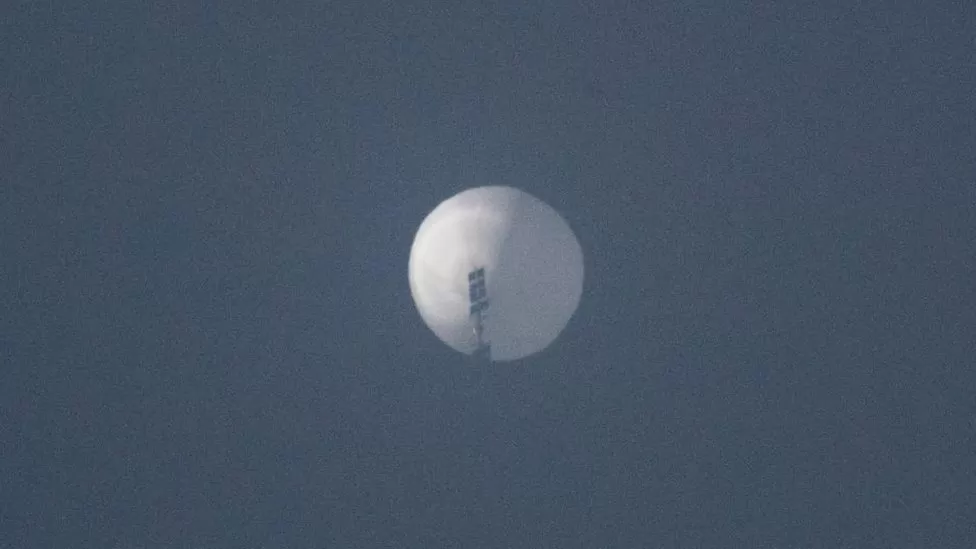
The recent discovery of a suspected Chinese spy balloon floating above the United States has sparked questions about China's intentions and methods of surveillance. The balloon was spotted over the state of Montana, just days before US Secretary of State Antony Blinken's visit to China, where he is set to meet with President Xi Jinping.
Experts suggest that the balloon serves more as a signal to the United States than a real security threat. Air-power analyst He Yuan Ming believes the balloon is Beijing's way of showing Washington that they are ready to engage in sustained competition using any means necessary, without severely inflaming tensions. He notes that balloons are an old form of surveillance technology, which have been used by various countries in the past, including Japan during World War II and the US and Soviet Union during the Cold War.
The US Department of Defense has stated that the balloon in question is significantly above the level of civilian air traffic and that they have high confidence that it belongs to China. Despite the use of balloons for surveillance, China expert Benjamin Ho believes that the balloon serves more as a signal, as Beijing has access to more sophisticated technology.
Arthur Holland Michel from the Carnegie Council for Ethics in International Affairs suggests that being detected may have been the intended outcome of the balloon's mission. He notes that balloons are an ideal choice for demonstrating the ability to penetrate US airspace without risking a serious escalation, due to their slower speed, longer lingering time, and lower cost and ease of deployment compared to drones or satellites.
Despite China's denial of responsibility for the balloon, Michel believes it is unlikely that anyone else is responsible. The US Department of Defense would not publicly state that the balloon belonged to China unless they were highly certain of its origin.
In conclusion, the discovery of the suspected Chinese spy balloon serves as a reminder of the ongoing tensions between the US and China and the use of unconventional methods for monitoring and signaling intentions. The use of balloons for surveillance may seem outdated, but its simplicity and cost-effectiveness make it a viable option in certain circumstances.